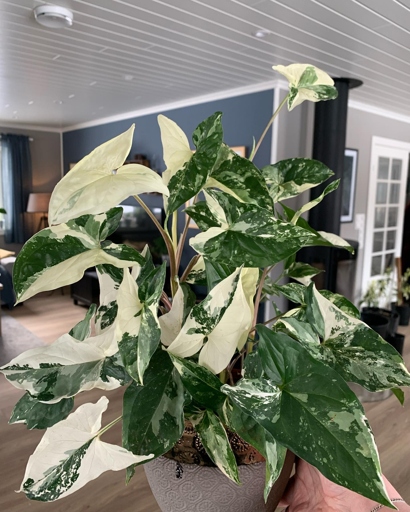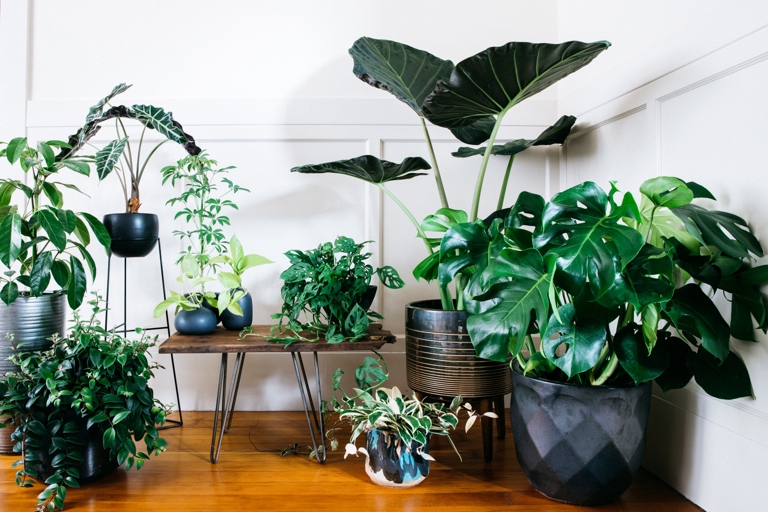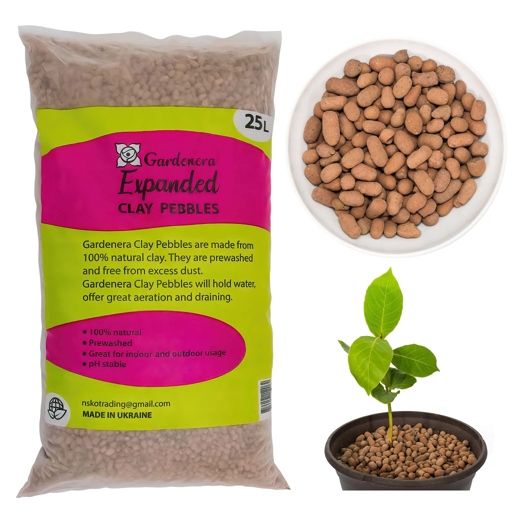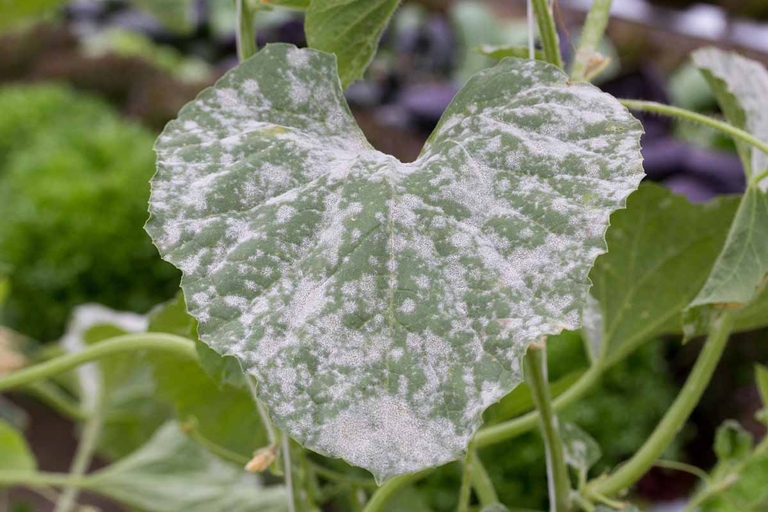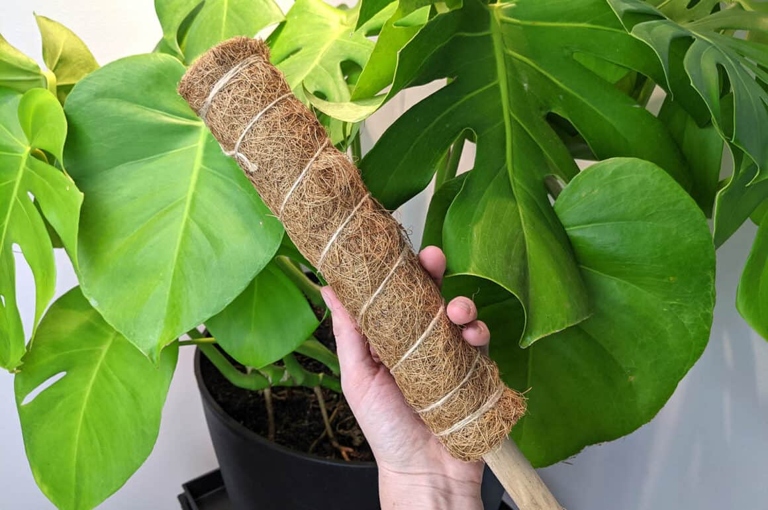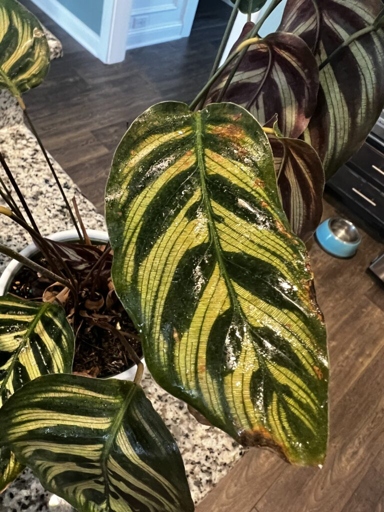DIY Humidifier for Plants: How Effective Are They?
If you have houseplants, you know that they can suffer when the air is too dry–leaves may turn brown and crispy, and flowers may drop. One solution is to buy a humidifier, but they can be expensive, and you have to remember to fill them and clean them regularly. You can also make your own humidifier for plants with items you probably already have around the house. This article will explain how to make a DIY humidifier for plants and how effective they are.


